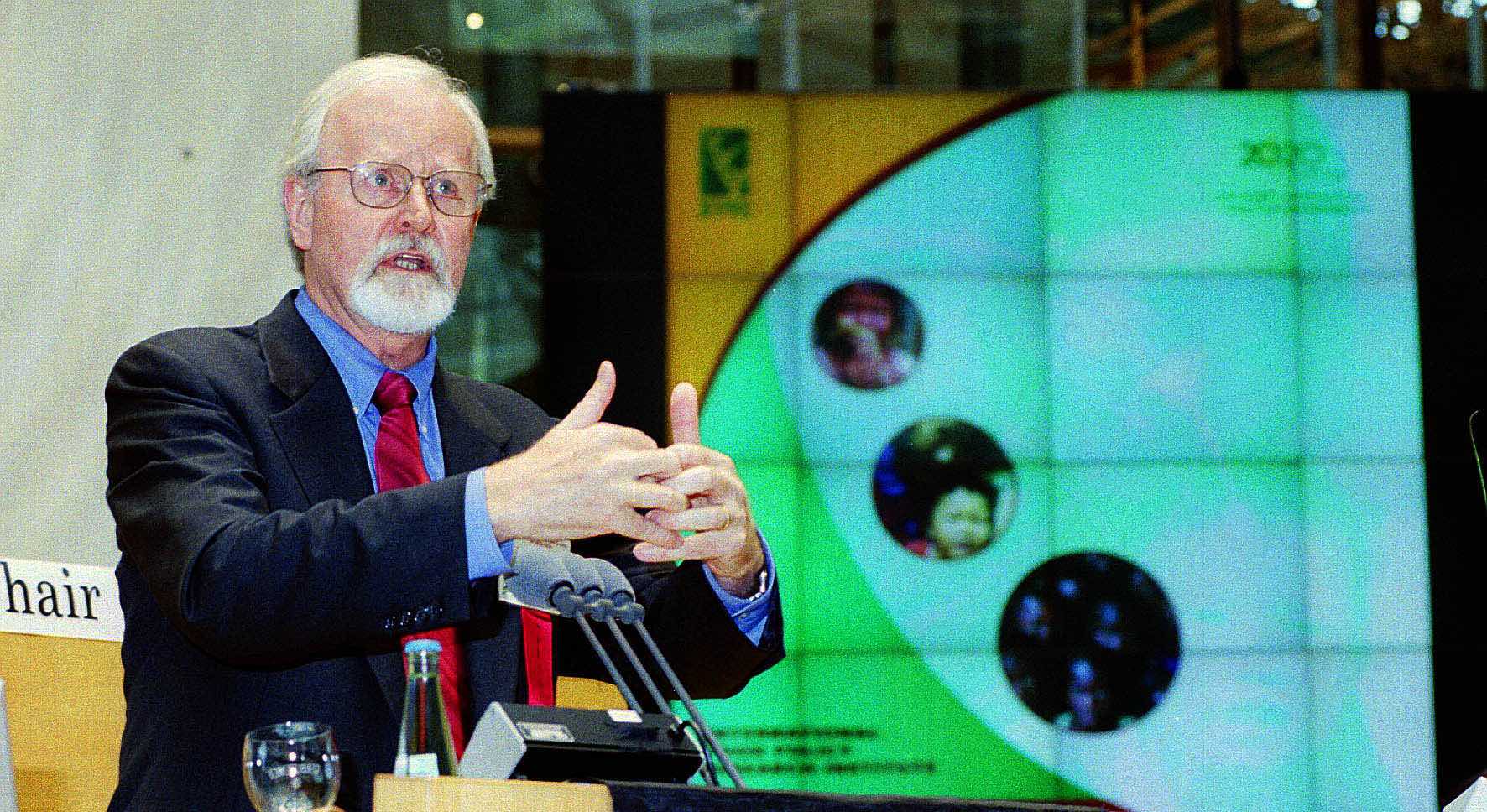Food loss and waste is a substantial global problem, yet we still lack good estimates of how much is occurring. A 2011 FAO estimate indicates that as much as one third of all food is either lost at the farm, trade, or processing stages or wasted at the retail or consumer end; a 2019 FAO estimate put the number at 14% of global food production. Food waste may well be higher than originally thought. A recent UN Environment Programme (UNEP) report on food waste estimates 931 million metric tons of food—17% of global production—is wasted at the retail, food services, and consumer level, about 60% of that from households. Remarkably, while food losses are mainly a problem in lower income countries, the level of food waste is roughly the same in low and high income countries. While these numbers are projections from still limited observations, it is reasonable to say that about 30% of all global food is either lost or wasted.
Given the magnitude of the problem, reducing food loss and waste should be part of the agenda for food system transformation that aims to eliminate hunger while addressing climate change and inefficiencies in food production. But what are the most effective ways to reduce food loss and waste and where to intervene? The answers are not immediately clear. For instance, an IFPRI study concluded that most food loss happens at the farm level, but also observed that the causes often relate to factors beyond the farm associated with poor food value chain integration—inadequate storage, packaging, transport, and processing capacity—leading to poor handling of produce at the farm level. The upshot is that we need to look across the food system for solutions for reducing food loss and waste.
This is a key message of new research published in a special issue of the journal Food Policy, edited by Rob Vos of IFPRI and Andrea Cattaneo, Marco Sánchez, and Máximo Torero of FAO. The special issue outlines five major policy challenges that stand in the way of progress on this problem.
- Measuring and monitoring food loss and waste is hard, as there is still no satisfactory definition of what constitutes it, and which aligns with broader policy objectives. The policy purpose determines the choice of concepts and units of measurement, for example, if the policy focus is on environmental sustainability, stakeholders will wish to focus on loss and waste in terms of physical quantities and end use. However, if the focus is on food security and nutrition, then all food not used for human consumption (including animal feed) would be observed as waste. Also, if the focus is on implications for nutrition, food quality, not just quantity, should be assessed. The Food Loss Index developed by FAO and the Food Waste Index developed by UNEP are the current widely-accepted indicators, but they face major data constraints (and omit food quality). Hence, increased effort must go into proper food loss and waste measurement and data collection methods. Once it becomes sufficiently widespread, the use of blockchain technology might offer better prospects to gauge food loss and waste in real time and at scale.
- Assessing social and private benefits and costs of food loss and waste reduction and the trade-offs involved require significant analytical capacity and data. Food system actors have different perspectives on what they stand to gain from reducing food loss and waste. While policymakers will focus on current and future societal benefits, private actors such as farmers, agro-processors, wholesale traders, retailers, and consumers will be more concerned with what it means for their own individual economic gain. Also, those who bear the costs of investing in such solutions are not necessarily those who reap the benefits. For instance, extending sell-by dates of milk, producers are at the receiving end of losses as less milk is purchased whereas more milk is consumed and at decreased prices, thus benefiting consumers. Moreover, solutions may not always produce expected outcomes. For instance, as the special issue points out, reducing food loss and waste may reduce environmental pressures if it leads to less required food production. However, even if this is the case, then certain ways of reducing food losses (e.g., through energy-intensive temperature-controlled storage and transportation) could on balance lead to increased greenhouse gas emissions along food supply chains, implying such solutions will have to be thought through along with those for use of renewable energy.
- Limited information hampers policy design and investment decisions. Scarce information about the precise magnitude, nature, and causes of food losses limits informed decision-making. To effectively target interventions and investments, context-specific, individual supply chain studies would be required. But as the nature of food loss and waste tends to differ greatly by types of food (e.g., between grains and more perishable products like fresh fruit and vegetables), this could be a daunting task. Under such circumstances, it would be prudent to think through interventions on a broader plain by focusing them on better integrating value chains for reducing food loss and waste, in general, and across-the-board incentives for reducing food waste at the retail and consumer levels.
- Interactions between stages along food value chains and across countries are not adequately understood in food loss and waste reduction. Reduction(s) in food losses at one stage of the supply chain could be offset by increases elsewhere in the system. It is, therefore, crucial to assess food loss and waste along the entire supply chain. The effectiveness of food loss and waste reduction depends, to some extent, on the price of food determined by supply and demand. Food loss and waste reduction could make food cheaper, which would increase the demand of food—thus weakening incentives for consumers to avoid food wastage. Likewise, as stated in an earlier example, food loss reduction through use of better storage or processing could reduce GHG emissions from agricultural production, but at the same time increase emissions in other stages of the food supply chain.
- Preparing for income transitions and the shifting relative importance of losses and waste as economies develop is essential. Food waste is greater in low-income households, as their consumption of non-perishables like grains is higher than fresh produce. With shifting dietary preferences toward increased consumption of perishables such as fruits and vegetables, as well as animal-sourced foods like milk, eggs, and cheese, both food loss and waste are likely to surge in developing countries. These countries will, therefore, need to make appropriate arrangements to minimize food loss and waste. High-income households give greater importance to food quality. Although food waste is expected to increase further with income growth and urban consumer habits, a case study of China suggests better knowledge of nutrition and healthy diets can help sway consumer behavior to make more measured food purchases and reduce food waste.
A certain amount of food loss and waste is unavoidable, yet there is a lot of room for progress on this issue. Food loss and waste are largely driven by economic decision-making and behaviors of actors along the food supply chains, so the benefits of food loss and waste reduction must outweigh the costs. While policymakers must properly account for these factors, the role of governments is key in raising awareness of the benefits of reducing food loss and waste among suppliers and consumers, as well as establishing and modifying incentives to reduce food loss and waste. Even as it points at significant challenges, the special issue provides new insights, even with limited information, on how to arrive at the best possible informed decision-making for reducing food loss and waste.
Swati Malhotra is a Communications Specialist with IFPRI’s Markets, Trade, and Institutions Division (MTID); Rob Vos is Director of MTID.







